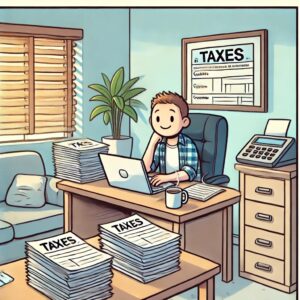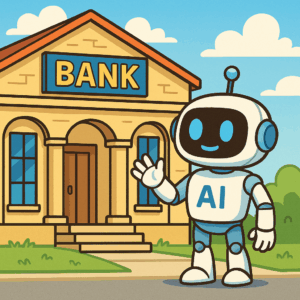By: Katie Clarey for HR Dive, picture by rawpixel on Unsplash
Humans tend to form perceptions about people with disabilities based on their interactions with others who have disabilities, according to Felicia Nursmen, managing director of employer services at the National Organization on Disability. While experience can sometimes lend wisdom later on, it can also feed unconscious biases, Nursmen told attendees listening to a webinar she hosted Tuesday afternoon. Once those biases are in place, they may complicate relationships between people with and without disabilities, specifically in a professional context.
For the 96% of attendees who said they know someone who has a disability, this means they may have a little work to do in identifying their prejudices and correcting any misinformation. Most of the workforce in the U.S. will be in need of this, too, if that statistic holds up among the general population. To deal with these biases, it’s best to take a three-pronged approach, Nursmen recommended. “Recognize your own bias. Focus on people. And increase your exposure to bias,” she said. “What’s most important is that we ask the right questions and that we’re having the right conversations.”
Nursmen proposed anyone interacting with colleagues with disabilities take up an attitude of learning. “Don’t stop interacting with people because you’ve made a mistake or because you fear you’re going to make a mistake,” she said. “Learn from it.” From there, professionals can adhere to a couple key rules, add respectful language to their vocabularies and, finally, familiarize themselves with the best ways to interact with people according to the kind of disability they have.



